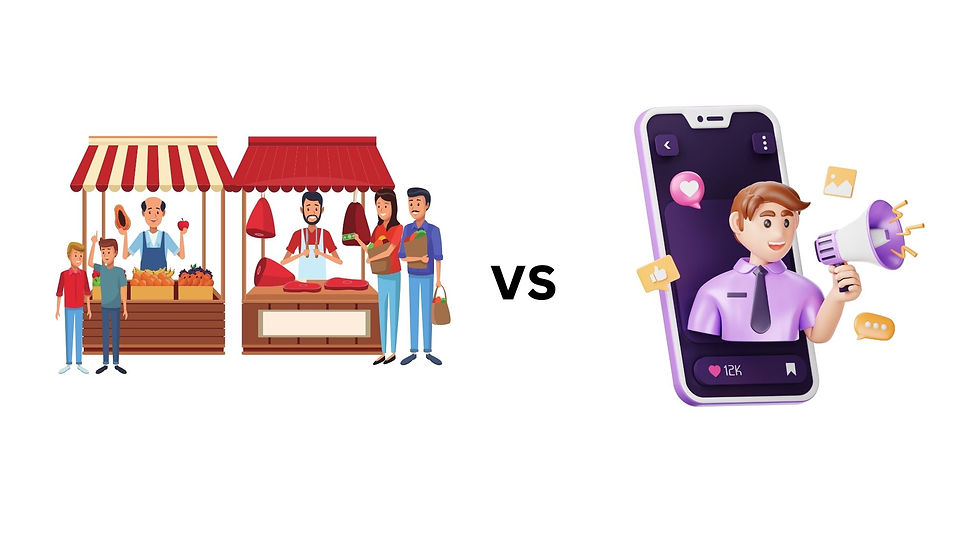How Generative AI Is Crafting The Future of Photography
- Juneffer Binti Sabastian Goh
- May 16
- 2 min read

Photography has always been a blend of art and technology. From the invention of the camera to the rise of smartphone photography, each innovation has expanded the boundaries of how we capture and interpret the world.
Today, generative artificial intelligence (AI) is poised to redefine photography again—not by replacing photographers but unlocking unprecedented creative possibilities. This technology transforms everything from image editing and restoration to conceptual art and personalized visual storytelling. Let’s explore how generative AI reshapes photography and what this means for artists, businesses, and everyday creators.
From Darkrooms to Deep Learning: The Evolution of Imaging
Photographers relied on chemical processes, darkrooms, and painstaking manual edits for decades to perfect their work. The digital revolution democratized photography, putting powerful tools like Photoshop and Lightroom into the hands of millions. But generative AI takes this a step further. Unlike traditional software requiring human input for every adjustment, AI systems like DALL-E, MidJourney, and Stable Diffusion can autonomously generate, enhance, or reimagine images.
At its core, generative AI uses machine learning models trained on vast datasets of existing images. These models learn patterns, styles, and contextual relationships, enabling them to create new visuals from text prompts, repair damaged photos, or even merge multiple artistic genres. The implications are profound:
Democratizing creativity: Amateurs can produce professional-grade visuals without years of technical training.
Accelerating workflows: Tedious tasks like retouching or background removal now take seconds.
Expanding artistic expression: Artists can experiment with styles that defy physical or logistical constraints.
Conclusion
Embracing the AI-Enhanced Darkroom
Generative AI isn’t a threat to photography—it’s a catalyst. Just as the invention of the camera didn’t replace painters but inspired new movements like Impressionism, AI is expanding what’s possible behind the lens. The key lies in balancing innovation with ethics, ensuring that technology amplifies human creativity rather than replaces it.
For photographers, this means adapting workflows, experimenting with AI tools, and redefining what it means to be an artist in the digital age. For audiences, it promises richer, more immersive visual experiences. As generative AI continues to evolve, one thing is clear: the future of photography will be shaped not by machines alone but by the humans who harness their potential.



Comments